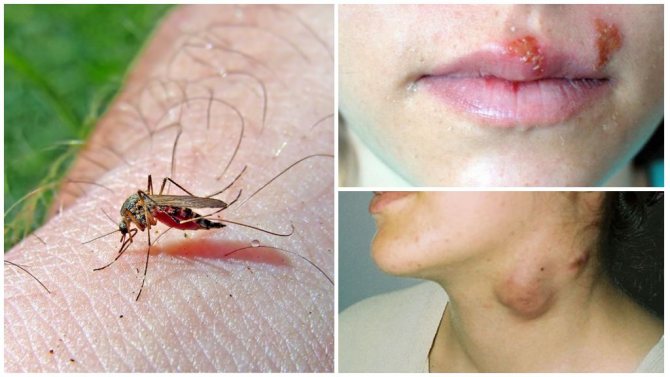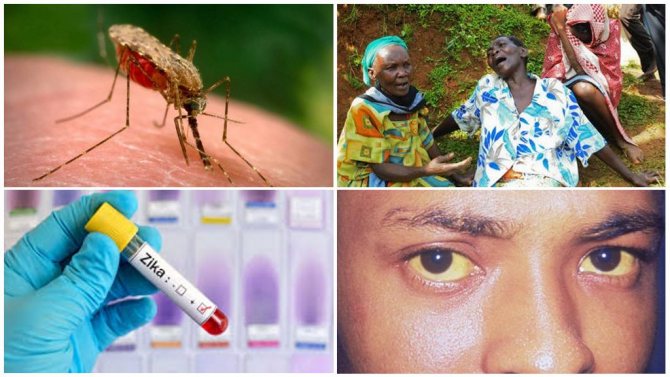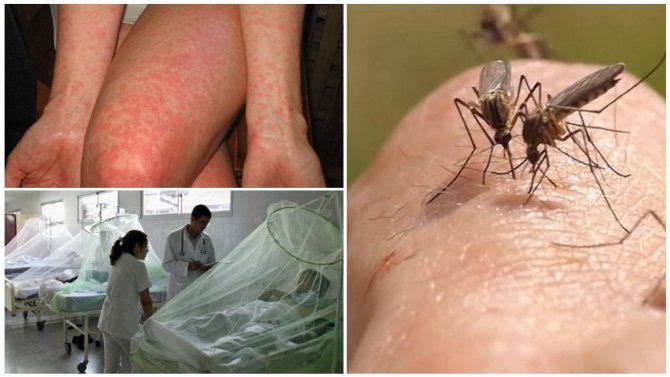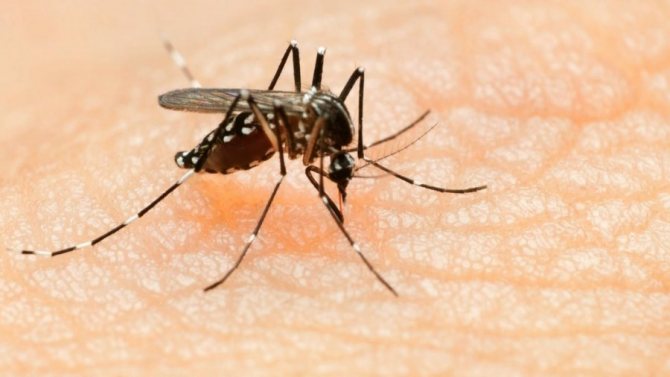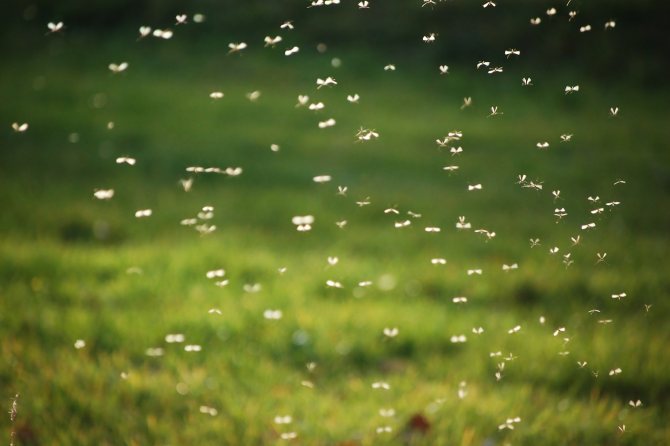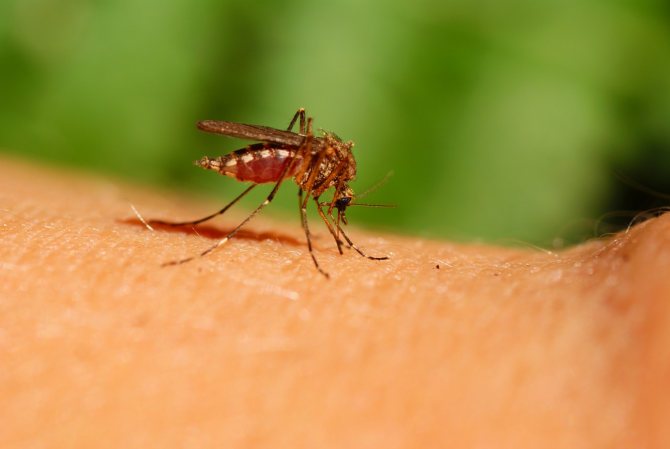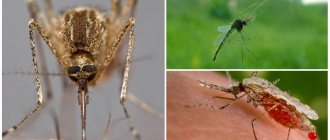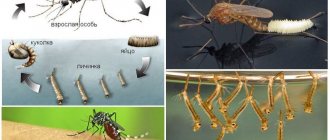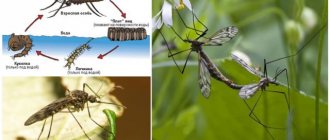Summer is one of the favorite seasons of the year, when people actively take vacations for trips to other cities and countries, hiking in the forest and mountains, spending the night by the river under the open sky, etc. But a wonderful rest can be spoiled by annoying insects, among which there are mosquitoes.
In addition to the fact that the bites themselves deliver a lot of unpleasant sensations, these bloodsuckers can also be carriers of various diseases. Therefore, before choosing a place for a resort, it is worth familiarizing yourself with what diseases mosquitoes carry and where you can encounter them both on the territory of the Russian Federation and abroad.
Mosquito-borne diseases
When a person bites, a female mosquito (and only females bite) introduces some substances into the victim's blood, which contribute to its more effective saturation. For example, one of them is a special anticoagulant that prevents blood from clotting. Among the substances that have entered the human blood in this way, there may well be infectious diseases. Let's consider only the most dangerous of them.
Malaria

Mosquitoes are capable of carrying the causative agent of malaria - malaria plasmodia. To many, this disease is known as swamp fever. It is accompanied by the following symptoms:
- the appearance of fever;
- periodic chills;
- headache;
- nausea;
- general weakness and malaise.
Also, with malaria, hepatomegaly is observed - an enlarged liver, anemia and a number of other dangerous symptoms. Often this ailment is confused with ordinary flu, so you need to be very careful in identifying symptoms and not neglect going to the doctor.
According to existing statistics, about 2 million people die from malaria every year in the world. It is clear that the disease is very dangerous and requires immediate professional medical attention. Malaria is most widespread in Central Africa, India, but sometimes it also occurs in Russia. Recently, quite sad statistics have been observed - malaria mosquitoes are found even in those regions where, it would seem, there should be no place for them at all. This state of affairs is facilitated by many factors, in particular, the drainage of swamps, the gradual cessation of reclamation work.
Zika disease
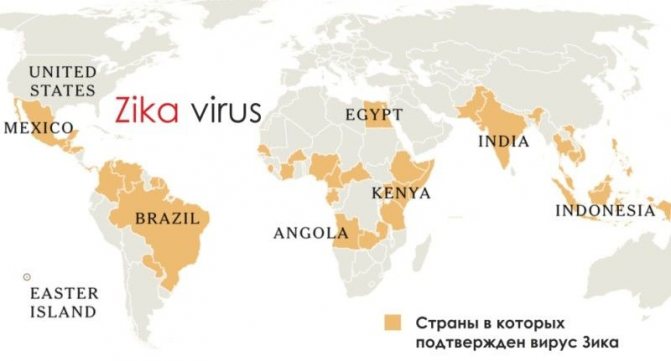

An arbovirus infectious disease, which, although it is rather benign, can cause significant damage to health. For Zika disease:
- a large, thick rash appears on the skin;
- there is a fever;
- heat;
- redness of the eyes and other negative symptoms.
It is mosquitoes that are blamed for the spread of the disease - in recent years, about 4 million cases of virus infection have been registered in the world.
The virus is distributed mostly in Oceania, Africa and South America. In the same Brazil, there is literally a massive infection with this disease. The main danger of infection is in infants. Thanks to her, babies can develop microcephaly. The Zika virus is known for being easily picked up by tourists who have visited these regions of the world. Therefore, one should not think that it is so unrealistic to face this problem in Russia.
Lymphatic filariasis
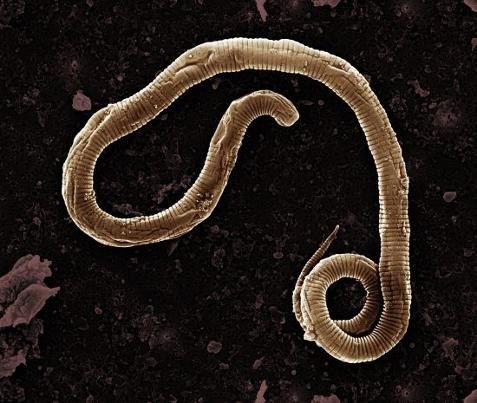

Another dangerous disease that can occur after a simple mosquito bite. The infection is characterized by the ingestion of eggs of worms - filaria nematodes into the human body. Once in the blood, parasites through the blood stream can penetrate into almost any organ and settle there: in the cornea of the eye, in the skin, in other places. Accumulating in the lymph nodes, mature parasites are able to form blood clots, blockage of blood vessels. Due to this, the limbs can swell significantly. If you do not start treatment on time, then lymphatic filariasis can lead to disability, and sometimes even death.
Like previous diseases that can arise from mosquito bites, this ailment is most common in South America, Africa and hot Asian countries. Since quite powerful tourist trips have been established in these regions, the transfer of infection is quite possible to other, colder countries.
Tularemia
This is a focal disease, which also proceeds with severe fever, intoxication of the whole body, causing damage to the lymph nodes. The carriers of the infection are hares, field mice, rats, and the vectors are mosquitoes, ticks, horseflies and other animals that feed on blood.
Initially, tularemia was common in warm countries and was not common in our area. But a sharp change in climate, a shift in different seasons, long periods of warming and high water, large rainfall influenced the fact that the infection began to appear more and more often in Russia and the neighboring countries.
Yellow fever
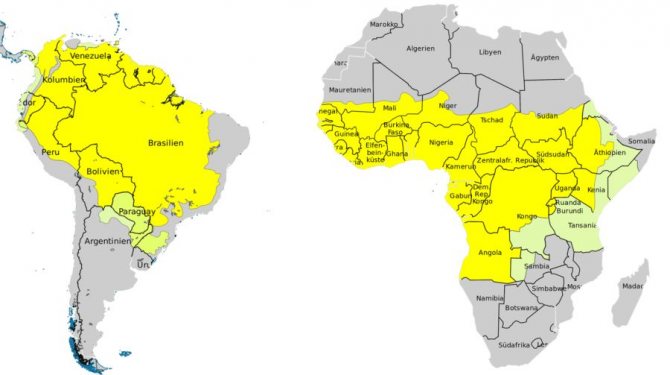

Another from the list of dangerous infectious diseases that a mosquito pathogen can provoke. The disease is quite acute, characterized by fever, damage to the normal functioning of the liver and kidneys. A particularly dangerous symptom of yellow fever, which is also called amaryllosis, is the appearance of internal bleeding in the organs of the gastrointestinal tract. The vaccine for the disease has been developed for a long time and is available to almost every resident of our country. However, do not underestimate the possible dangers of yellow fever, as even with the means to fight it, around 200,000 people worldwide are infected every year. Of these, approximately 30,000 patients die, so the disease is not as harmless as it might seem.
Why flies are dangerous
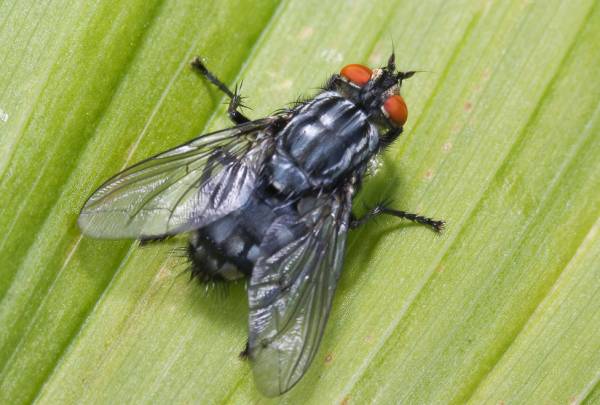

These two-winged flying insects, in addition to buzzing and other inconveniences, can cause great harm to health.
True, in our area, it is not the bites of flies that are more harmful, but their ability to carry pathogens of various diseases. Due to their ubiquity, flies quickly fly from one place to another, land on various waste and sewage. Many different bacteria and worm eggs adhere to their furry paws.
If the fly sits on food, the pathogen can enter the human body and cause serious diseases, mainly intestinal infections and helminthiases. It is believed that in the spring-summer period it is flies that are the main carriers of dysentery, typhoid fever, and salmonellosis. Also, flies can carry tuberculosis, diphtheria, anthrax, during epidemics - cholera. Of the helminthiases, the eggs of ascaris are most common through flies.
Mosquito prevalence in Russia
For Russia and the CIS countries, mosquitoes are a completely familiar phenomenon, which is not given much importance. Even in the presence of a fairly large number of insects from the genus Anopheles (malaria mosquitoes), the danger of infection is minimal here, since the peculiarities of the climate of our country do not allow malaria plasmodia to develop normally in the insect's body. Malaria mosquitoes are found in Siberia, and in the European part of Russia, in the Far East.They are absent, except perhaps in the coldest regions of Siberia - too low temperatures simply do not allow them to survive here.
Various types of mosquitoes are present in abundance on the territory of the Russian Federation. According to the latest data, there are more than 90 different types of them. They can be found in Moscow and St. Petersburg, and in all other regions of the country. Popular resort destinations - Crimea, Abkhazia, Sochi, are also not devoid of these insects.
With regard to the spread of infectious diseases that blood-sucking mosquitoes can carry, the likelihood of infection with any of the above is rather small. Malaria, yellow fever and other ailments are extremely rare in our country - even 10-20 registered cases of diseases cause a stir in the media. But you should not take the problem lightly because of this, because no one is immune from the fact that it is he who will fall into these 20 cases.
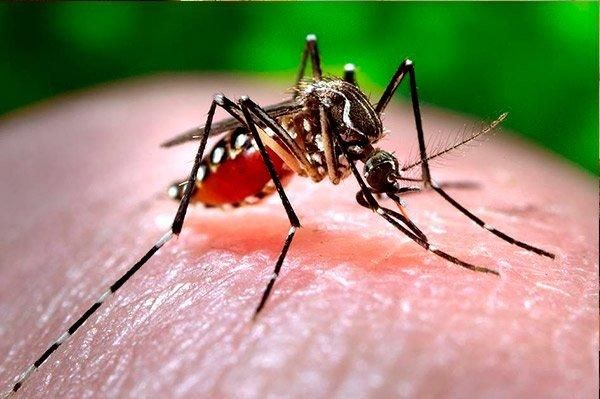

How to protect yourself
To prevent infection with malaria, dengue, or other disease, chemicals must be used to control blood-sucking pests. The range of products presented by various manufacturers is huge. Therefore, each person will easily pick up what suits him.
- Sprays. During their manufacture, companies use insecticides and active ingredients. The presented sprays and aerosols differ in aroma, duration and application characteristics. Some types are suitable for garment processing. There are also products that can be applied to exposed areas of the skin.
- Fumigators, straps, buttons and other devices. They fill up with repellents. With their help, it is impossible to destroy insects. But they are good for repelling mosquitoes.
- Natural remedies. There are many plants in the house, substances that can be used to scare away.
To minimize the likelihood of an infectious disease or allergic reaction, it is necessary to monitor the signs and promptly treat the damaged skin. The use of devices and means of protection is also recommended.
Tourism and mosquito infections
The main source of penetration into Russia of any infectious diseases that are transmitted from mosquito bites is tourism and potentially dangerous countries in this regard. Brazil, Africa, India, Oceania - this is where most cases of mosquito infections occur, although in principle there are few of them. Many Russians go on vacation to Turkey, Abkhazia or Thailand. Here they rarely have to deal with the problem of annoying insects. The places for the resorts themselves are chosen away from potentially dangerous terrain, swamps, here the necessary efforts are being made to maintain the necessary sanitary and epidemiological situation.
Most resorts in Turkey visited by residents of Russia do not have problems with mosquitoes. As for Thailand, there are more than enough mosquitoes. To minimize the risks and not feed them with your blood, you need to be careful in the evening or at night, you can wear a long-sleeved shirt. At night, it is better to close the windows in the room and prevent insects from entering the room. Mosquito-borne diseases such as malaria or the Zika virus are occasional, but not of a serious mass nature.
As a conclusion, it is worth noting that mosquitoes, as carriers of dangerous infections, are actually a real problem, but only for those people who travel a lot to countries that are unfavorable in this regard. Living in Russia, you don't have to be particularly afraid of mosquito bites. The only caveat that can be here is the following: in order to avoid problems with any disease that is transmitted by mosquitoes, you need to be attentive to your body and respond in time to painful symptoms that arise. This is the only way to neutralize a possible threat and not harm your health.
Malaria
Malaria is a dangerous disease that humans contract when bitten by a mosquito. It is popularly known as a swamp disease. There is a risk of its occurrence in tropical and subtropical forests.
The main signs are chills and fever, headaches and general intoxication of the body.
Important!
The cause of the disease is malaria mosquitoes, which carry the Pfalciparum virus. Having bitten an infected person, the virus multiplies in the female for 10-20 days and after that it is transmitted to another person during the bite.
This microorganism enters the human liver, where it easily develops and grows, thereby affecting the human organ. After that, it enters the bloodstream, where it affects the erythrocytes, as a result of which the blood cells burst. The infection from there enters the plasma. The process is repeated every two days. Therefore, a person infected with malaria experiences a fever.

